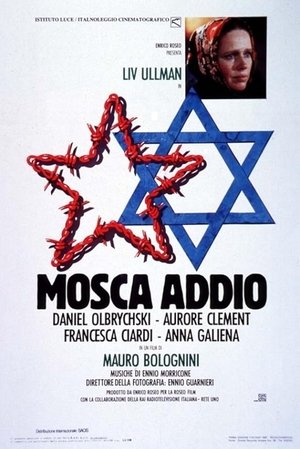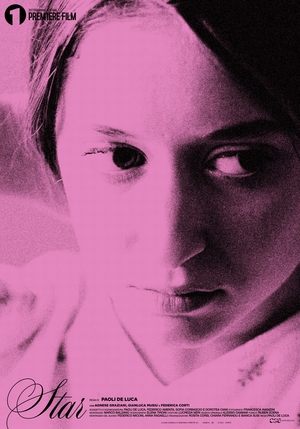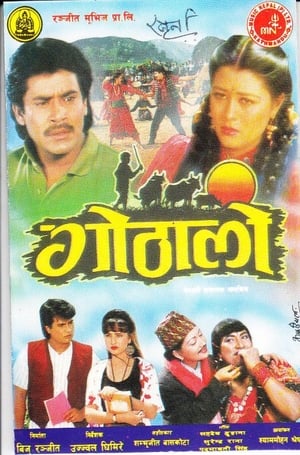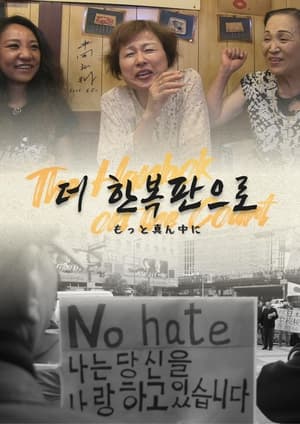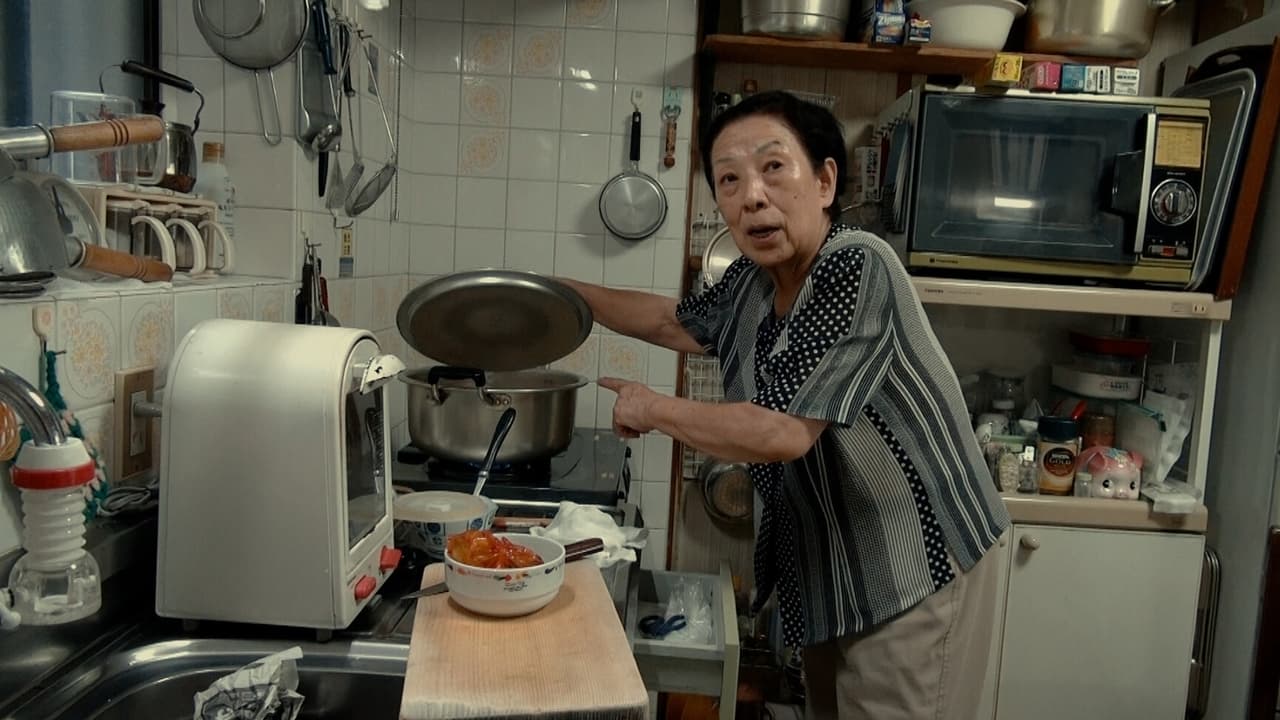

Soup and Ideology(2022)
Confronting half of her mother’s life—her mother who had survived the Jeju April 3 Incident—the director tries to scoop out disappearing memories. A tale of family, which carries on from Dear Pyongyang, carving out the cruelty of history, and questioning the precarious existence of the nation-state.
Movie: Soup and Ideology
Recommendations Movies
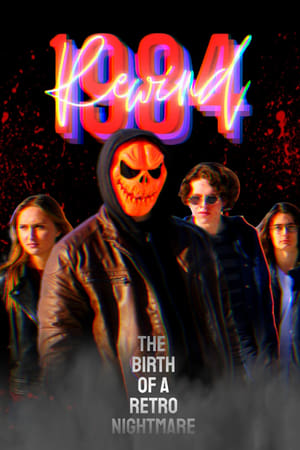 3.9
3.9Rewind 1984(en)
After going on a killing spree in 1984, the legend of the Pumpkin Man returns once again to slay more victims 30 years later.
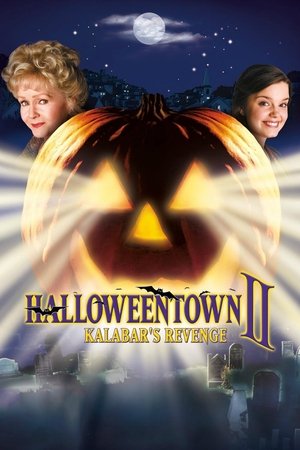 6.8
6.8Halloweentown II: Kalabar's Revenge(en)
The Cromwell clan lives in the real world, except for their grandmother who lives in Halloweentown, a place where monsters go to escape reality. But now the son of the Cromwells' old enemy Kalabar has a plan to use the grandmother's book to turn Halloweentown into a grey dreary version of the real world while transforming the denizens of the real world into monsters.
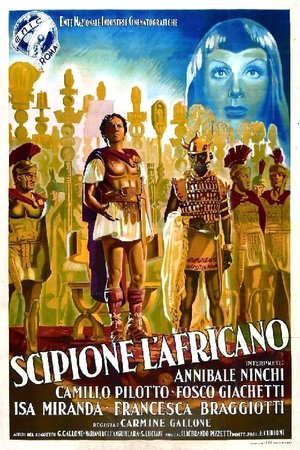 5.5
5.5Scipio Africanus: The Defeat of Hannibal(it)
A story of the Second Punic Wars, beginning with Scipio's futile pleas to the Roman Senate to build an army to battle Hannibal, that climaxes with the battle of Zama.
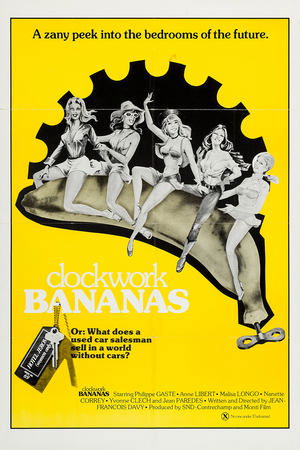 6.3
6.3Clockwork Bananas(fr)
Gilles, who operates a money losing garage, teams up with his friends Max, who operates a scrap yard, and lawyer Xavier to open a brothel catering to women. They get the idea from Gilles' secretary Irma, a former prostitute. They are assisted in the implementation by Max's wife Juliette and Sabine who is mad for Gilles. Unfortunately Gilles has fallen for Florence the daughter of the conservative Prime Minister and his wife. When the Prime Minister tries to shut down the brothel Gilles decides to stand against him in the election.
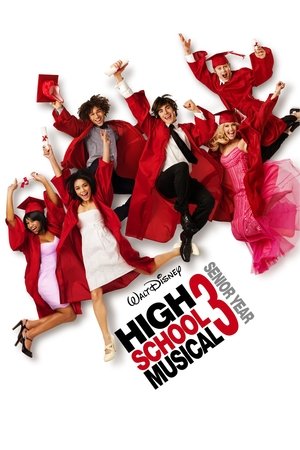 6.5
6.5High School Musical 3: Senior Year(en)
As seniors in high school, Troy and Gabriella struggle with the idea of being separated from one another as college approaches. Along with the rest of the Wildcats, they stage a spring musical to address their experiences, hopes and fears about their future.
 7.7
7.7GCW Fight Club(en)
GCW presents Fight Club straight from the Showboat Hotel in Atlantic City, NJ! The event features the GCW World Championship match where Mox defends against Gage in a match that we have been waiting for during the last decade. Who will be the new GCW World Champion?
Hannibal(ru)
A film about the Yakut rock musician Gavril Kolesov - Hannibal.
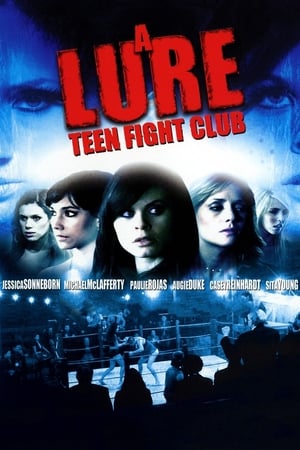 7.1
7.1A Lure: Teen Fight Club(en)
A community is under siege as three Belmont Highschool coed students go missing with no trace of their whereabouts. The pressure is on the police to capture the culprits responsible. Scouring the school hallways in search of clues, undercover female detective Maggie Rawdon (Jessica Sonnerborn) enters Belmont High as a transfer student in an attempt to solve the hideous disappearance of the students. Maggie makes a few new friends, and gets invited to a private rave in the country. Just as the group begins to suspect that they've taken a wrong turn, however, the trap is sprung and Maggie finds out firsthand what fate has befallen the missing girls.
Untitled Hannibal Project(en)
Based on the real warrior Hannibal, considered one of the greatest military commanders in history, the film will cover the crucial battles he led against the Roman Republic during the Second Punic War.
 4.5
4.5Hannibal Hopkins & Sir Anthony(en)
Hopkins’ career has spanned several decades, which is why we will also use many interviews that he gave throughout his life, allowing us to put him back into the context of each period and will be helpful in understanding his role in the history of cinema, because he was far from following the trends. He never belonged to any film movement; he is a chameleon that has always preferred natural acting, ‘non-acting’ when method acting was the fashion.
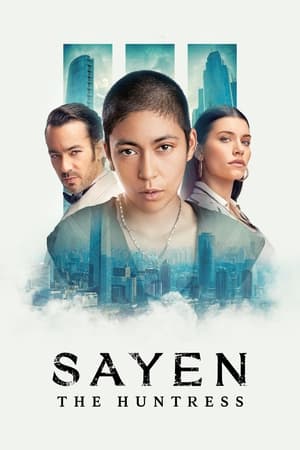 5.9
5.9Sayen: The Huntress(es)
Realizing that she cannot take down Fisk alone, Sayen teams up with an underground resistance group with a plan to expose and end Fisk's unchecked plundering once and for all.
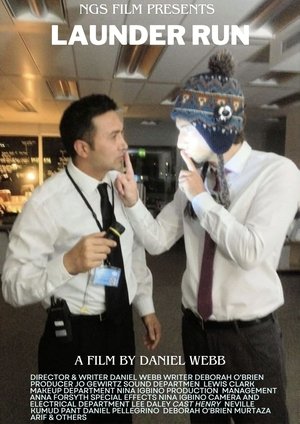 9.7
9.7Launder Run(en)
Launder Run tells the story of Jake, a man returning to his gritty hometown after years away, carrying the weight of a troubled past. The film opens on a rainy Saturday afternoon as Jake trudges through a bleak estate, visibly exhausted and clutching a plastic bag. Arriving at his sister Sue’s chaotic, unkempt flat, he confronts the ruins of his old life—a dirty fridge, a cluttered bedroom reduced to storage, and the ghosts of a once-close family. Seeking solace, he revisits his old pub, a place teeming with memories. As he steps inside, the bartender recognizes him with shock, hinting at Jake’s mysterious past and the reasons for his long absence. “Lounder Run” explores themes of homecoming, redemption, and the unshakable grip of one’s origins.
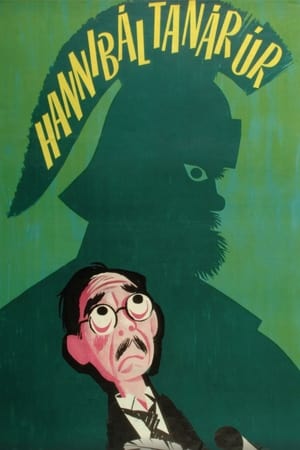 5.1
5.1Professor Hannibal(hu)
A school teacher becomes a momentary hero after having rescued a stuffed-bird from a school incident.
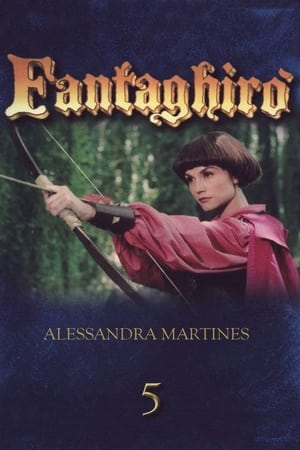 5.8
5.8The Cave of the Golden Rose 5(it)
In this last episode princess Fantaghirò ends up in a parallel dimension fairy land full of kids. Here the princess must fight against a villain called "Nameless".
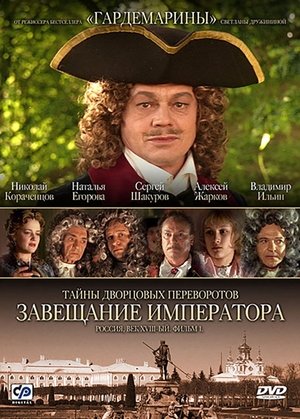 7.1
7.1Secrets of Palace coup d'etat. Russia, 18th century. Film №1. Testament Emperor(ru)
Russia, January 25, 1725. "Give it all...". The emperor's weakening hand was able to write in his will only these two short incomprehensible words that kept Russia in a bloody struggle for the crown for a century.
Similar Movies
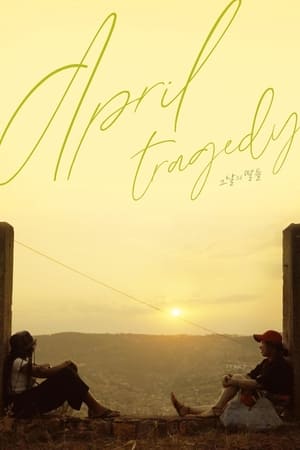 0.0
0.0April Tragedy(ko)
The oral writer of the April 3 Uprising and a Rwandan who came to Korea to study face each other, have a conversation, and then go on a trip hand in hand. The two people, from different generations, nationalities, and occupations, have something in common: they are the daughters of massacre survivors.
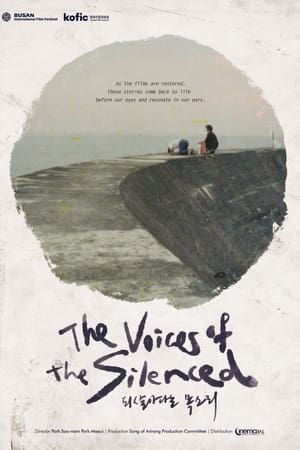 0.0
0.0The Voices of the Silenced(ko)
Director Park Soo-nam, a second-generation Korean resident in Japan who is losing his eyesight, decides to digitally restore 16mm film she shot a long time ago, relying on her daughter Park Ma-eui's eyesight. The blood, tears, and numerous corpses of Koreans living in Japan are clearly engraved in the film filmed over 50 years.
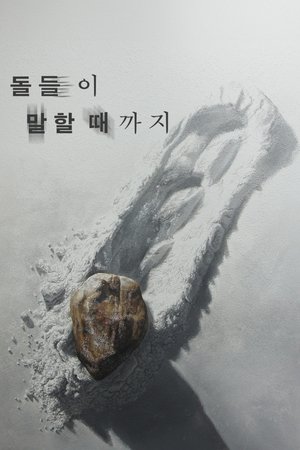 0.0
0.0Until the Stones Speak(ko)
There are five grandmothers, four of whom went to Jeonju Prison due to the Jeju 4.3. All of them were young people around the age of 20 at the time of the incident in 1948. The outline of the incident is formed when hearing the experiences of those who were sent to prison without trial particularly as women. The audience feels indescribable emotions by the fact that they have lived on despite what they had gone through, things that are just too much for a human being to bear.
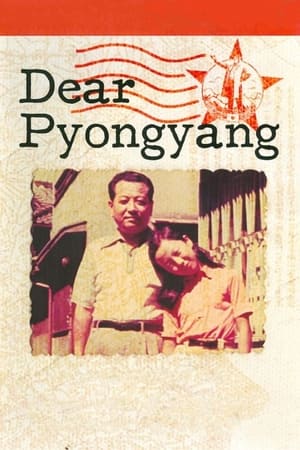 6.7
6.7Dear Pyongyang(ja)
Dear Pyongyang is a documentary film by Zainichi Korean director Yang Yong-hi (Korean: 양영희, Hanja: 梁英姬) about her own family. It was shot in Osaka Japan (Yang's hometown) and Pyongyang, North Korea, In the 1970s, Yang's father, an ardent communist and leader of the pro-North movement in Japan, sent his three sons from Japan to North Korea under a repatriation campaign sponsored by ethnic activist organisation and de facto North Korean embassy Chongryon; as the only daughter, Yang herself remained in Japan. However, as the economic situation in the North deteriorated, the brothers became increasingly dependent for survival on the care packages sent by their parents. The film shows Yang's visits to her brothers in Pyongyang, as well as conversations with her father about his ideological faith and his regrets over breaking up his family.
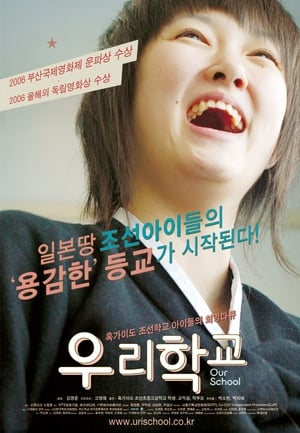 5.7
5.7Our School(ko)
This documentary is about the 3rd and 4th generation Korean residents of Japan who are students of Chosen elementary, middle, and high school in Hokkaido. It follows the students through one year of the eventual 11 years` national education. Rather than focusing on special occasions or issues, it reveals what it is like to live in Japan as Korean-Japanese by describing their everyday lives.
 0.0
0.0Memories Showers Seas(ko)
The late Kim Dong-il, a Jeju April 3 refugee in Japan, left behind over 2,000 crocheted items and pieces of clothing that preserved her memories, identity, and history. As the film traces the redistribution of her belongings, it illuminates the still-unhealed lives of various Zainichi Koreans who lived through the same era, sharing and connecting their intertwined memories.
 0.0
0.0Horoomon(ko)
Horoomon: the Japanese word for grilled offal, derived from "something to be thrown away." There were people who picked up discarded animal intestines and ate them—Koreans who moved to Japan during the Japanese colonial era. The Japanese looked down on them for grilling and eating offal, but today, it has become a beloved dish for all. For Zainichi Koreans who have lived in Japan, horomon carries the sorrows and history of their lives.
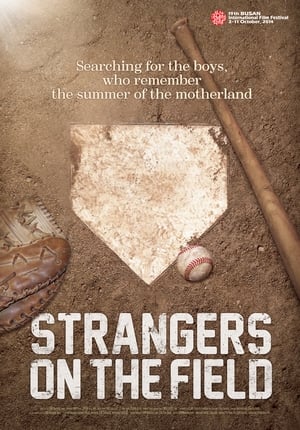 0.0
0.0Strangers on the Field(ko)
In April 2013, unfamiliar faces appear at the Jamsil Baseball Stadium during the opening matches between Doosan and SK. The nervous middle-aged men throwing and batting the first ball are, in fact, Korean-Japanese former team members that played on that same spot in the 1982 finals of the Bong-hwang-dae-ki games.
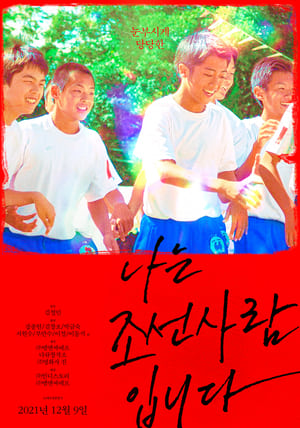 7.3
7.3I Am From Chosun(ko)
After 15 years of knowing Chosun people in Japan I met on Mt. Geumgang in 2002, I face the history of colonization and division that I had not known before. They’ve been to North Korea many times, but never to South Korea. They tell us why they want to live as Chosun people despite the discrimination in Japanese society.
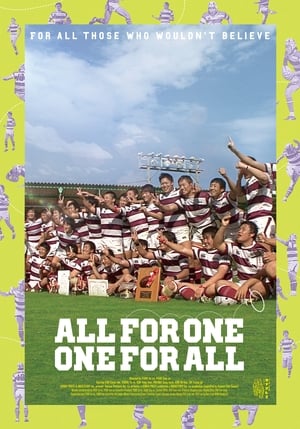 0.0
0.0One for All, All for One(ko)
Osaka Korean High School has provided education for the past six decades to the children of pro-North Korean residents in Japan. This school is located only about 20 minutes away from Hanazono Stadium, the mecca of Japan’s high school rugby, but it was not until 1994, 18 years after the foundation of a rugby team at the high school, that the Japanese education ministry approved the team’s entry into the official league. Since then, the team has run in the national league as a representative of the Osaka area and been considered a front-runner ever since. The team has strong players and passionate supporters, but it faces difficulties just before winning the league.
After Chosun(ko)
Imman Kim wants to reconcile with his parents, who emigrated to Osaka after April 3 Jeju Uprising. Cheolwoong Park has supported his younger sister during his entire life, blaming his father who moved to Tokyo to avoid guilt-by association. Soonam Park has devoted her life to human rights movement for a second-generation Korean-Japanese and her daughter Mayi Park who also lives as a Korean-Japanese. This film tell us about meaning of a nation through their life stories.
A Red Color Pencil(ko)
Wan-soon, a 9-year-old girl living on the island, managed to survive a massacre that took place 75 years ago. The lingering effects of this unresolved ordeal are emphasized, and the girl embarks on a journey to depict the vivid red fragments that remain in her memory, using a red colored pencil as her means of expression.
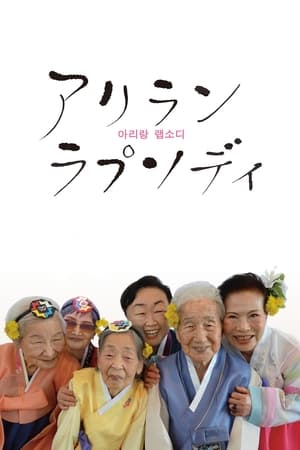 0.0
0.0Arirang Rhapsody(ja)
The protagonists of the film are the Zainichi Korean women living in Kawasaki. They were tossed about by the war, and after many trips to and fro across the sea in search of a place to live, they finally arrived in Kawasaki, where they have lived modestly and vigorously.
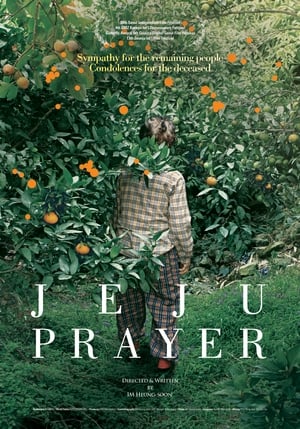 0.0
0.0Jeju Prayer(ko)
Focusing on Mrs. Kang Sang-hee’s life, she lost her husband in the Jeju Uprising (March 3rd, 1948). The film views the dark-side of Jeju Island, a huge grave, which is completely opposite of the other side of the island, the famous tourist attraction. It says that the tragedy has been going on about the recent Gang-jeong village situation.
 0.0
0.0Korean Schools in Japan(ja)
In 1948, after the Japan’s defeat, the General Headquarters and Japanese government ordered that the Chosen gakko, schools for Koreans in Japan,ō be shut down. Koreans in Osaka strongly resisted, and 16-year-old Kim Taeil was even shot and killed by the police. This was the Hanshin Education Incident. 70 years have passed, but the Japanese oppression continues. They've removed the Chosen gakkoō from being eligible for free education. Gaining strength from the growing hatred from the conservatives, the Abe administration is misusing the educational issue as a means to cause political strife. In the midst of ongoing conflicts in Japan, nonfiction writer KO Chanyu has directed Korean Schools in Japan, compiling a history of the Koreans' fight for education.
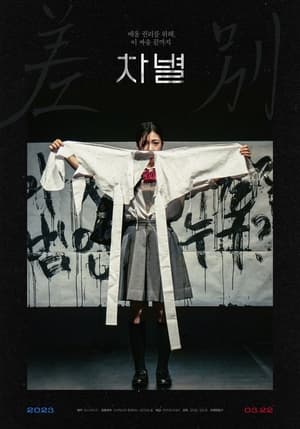 10.0
10.0Discrimination(ko)
Since 2013, Japan has implemented the free high school policy. However, only 10 Chongryon Korean high schools are excluded from this policy. The reason is that there are suspicions that the grant for free education will be misused by Chochongryon and others. Five of these schools protested about this measure and filed a claim for damages against the government in 2013. After four years of hearings, the first trial decision was made on July 19, 2017, starting with the case of Hiroshima Chongryon Korean high school.
 0.0
0.0The Red Filter is Withdrawn.(ko)
If you look into the entrance of one of the huge caves on the Korean island of Jeju, it looks like a camera lens. If you walk into the cave, it looks like a screen, a rectangle showing clouds and white light, just like a film. Director Kim Minjung delves into the bloody history of Jeju, where tens of thousands were killed in a massacre in 1948. The camera follows the traces in the landscape, sometimes transformed by a strident, distance-creating red light, accompanied by a commentary by avant-garde filmmaker Hollis Frampton. Film as a means to address history and its taboos.
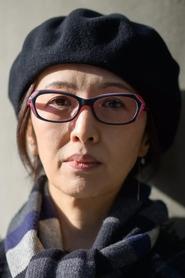
![[Trailer] 양영희 감독의 영화 수프와 이데올로기 (2021) l Soup and Ideology (2021) by YANG Yong-hi l](https://img.youtube.com/vi/LSkjuQyWWe0/sddefault.jpg)
